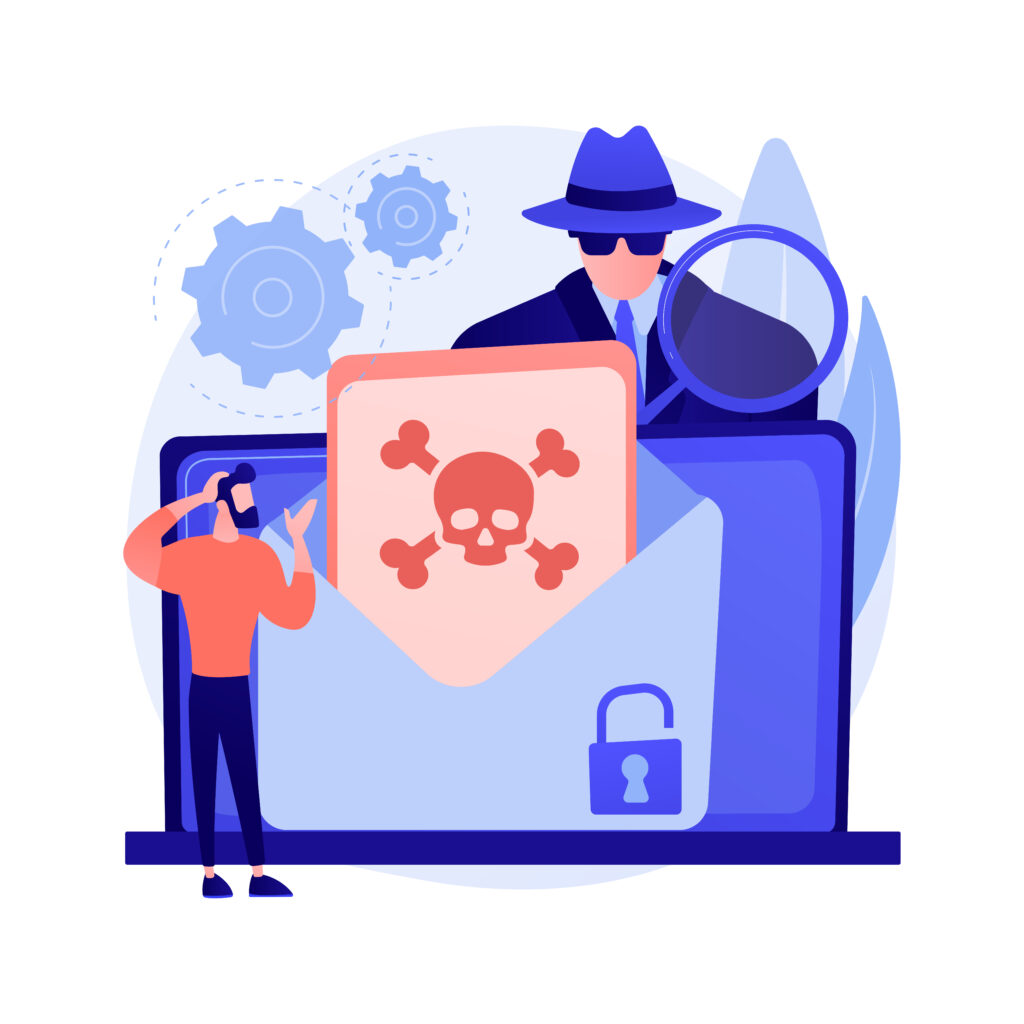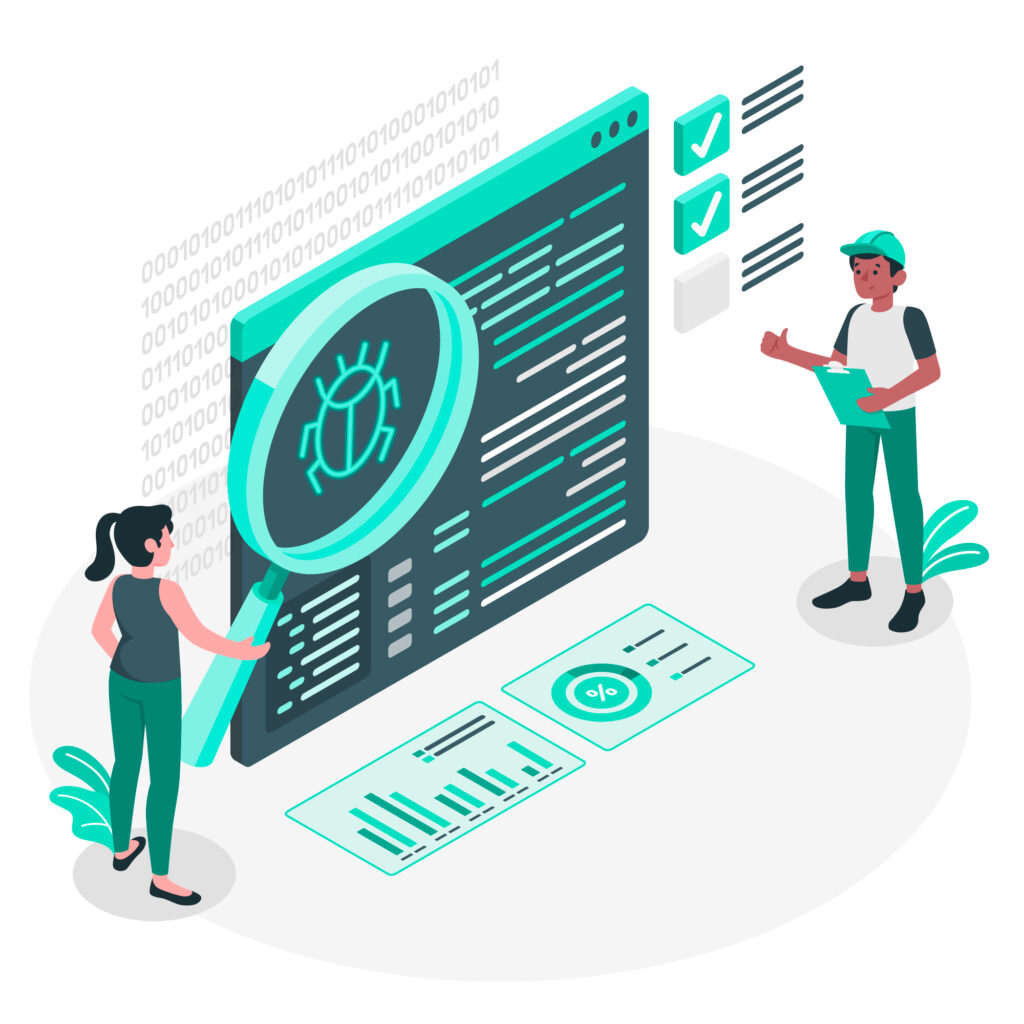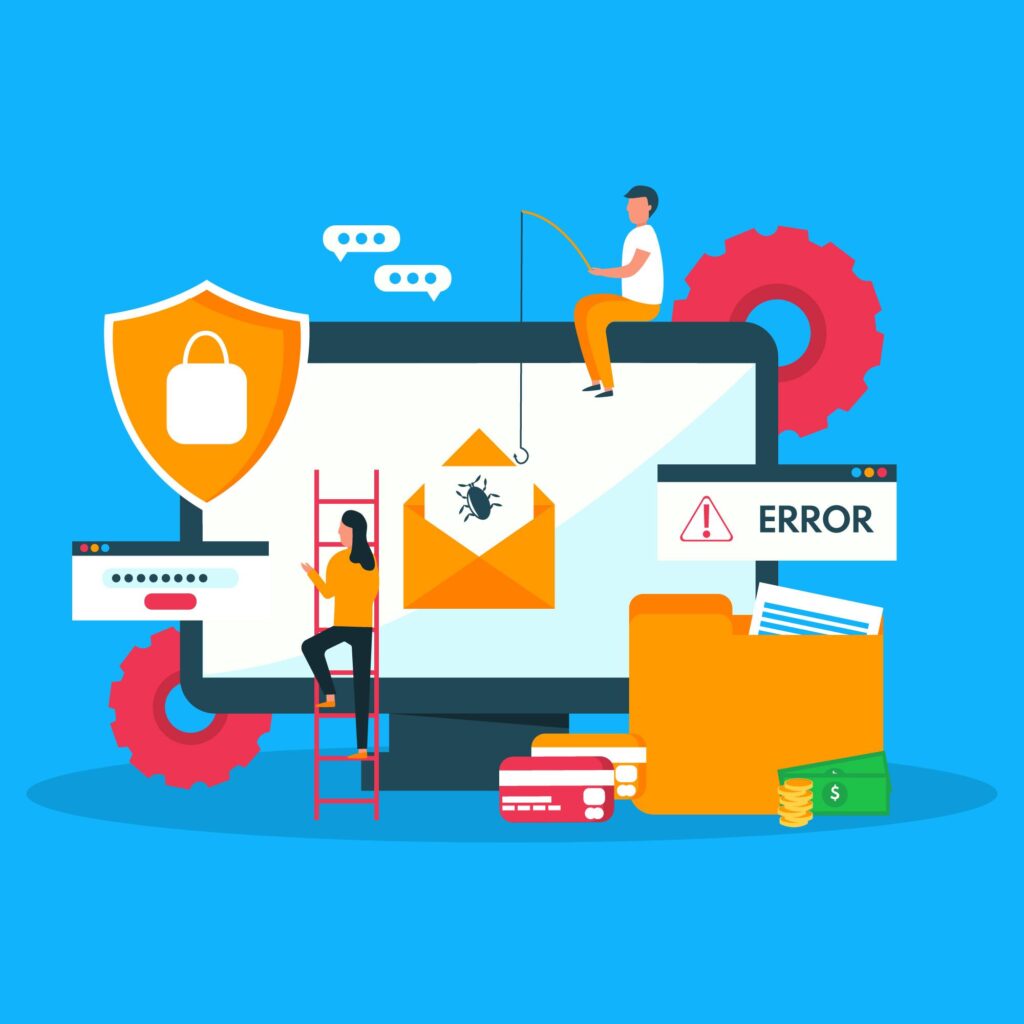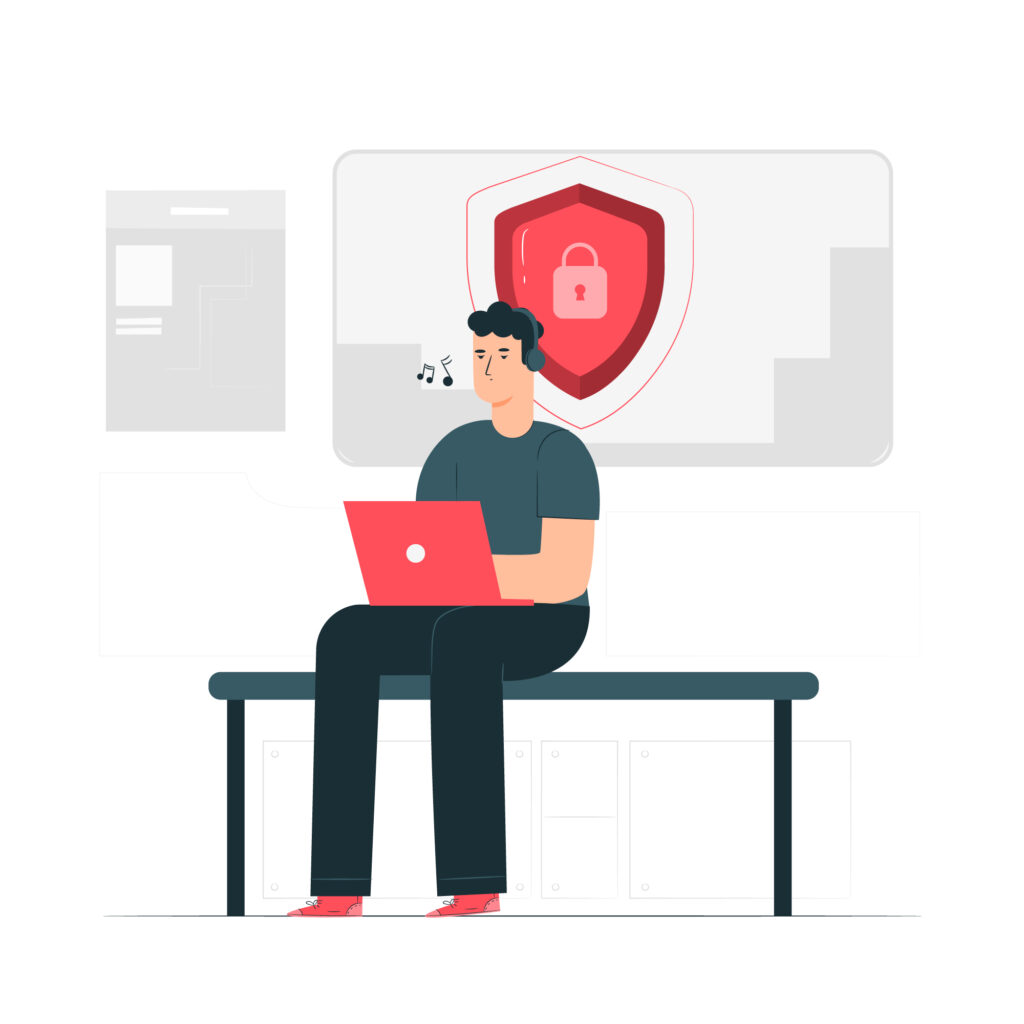 By: John Abhilash / July 25, 2024
By: John Abhilash / July 25, 2024
The Open Web Application Security Project, or OWASP, is a non-profit foundation dedicated to improving software security. At its core, OWASP focuses on identifying, documenting, and addressing security vulnerabilities in web applications. By providing a wealth of free and open resources, OWASP empowers organizations to build and maintain secure web applications in an ever-evolving threat landscape.
One of the most well-known contributions of web application security OWASP is the OWASP Top 10. This regularly updated list outlines the most critical security risks to web applications. Let’s explore each of these risks in detail:
Injection Flaws Injection vulnerabilities, such as SQL injection, occur when untrusted data is sent to an interpreter as part of a command or query. To mitigate this risk, OWASP recommends using parameterized queries and input validation.
Broken Authentication Weak authentication mechanisms can lead to unauthorized access. Implementing multi-factor authentication and secure session management are crucial OWASP practices.
Sensitive Data Exposure Proper encryption of sensitive data both in transit and at rest is essential. OWASP guidelines emphasize the importance of using strong cryptographic algorithms and secure protocols.
XML External Entities (XXE) XXE attacks target applications that parse XML input. Disabling XML external entity processing and implementing proper input validation are key OWASP recommendations.
Broken Access Control Inadequate access controls can lead to unauthorized information disclosure or modification. Implementing the principle of least privilege is a fundamental OWASP best practice.
Security Misconfiguration Properly configuring all aspects of an application, including frameworks, libraries, and servers, is crucial. OWASP emphasizes the importance of maintaining and regularly auditing configurations.
Cross-Site Scripting (XSS) XSS vulnerabilities allow attackers to inject malicious scripts into web pages. Implementing proper output encoding and Content Security Policy (CSP) headers are essential OWASP techniques.
Insecure Deserialization Insecure deserialization can lead to remote code execution. OWASP recommends implementing integrity checks and monitoring deserialization of untrusted data.
Using Components with Known Vulnerabilities Regularly updating and patching all components, including libraries and frameworks, is a critical aspect of OWASP.
Insufficient Logging and Monitoring Proper logging and monitoring are essential for detecting and responding to security incidents. OWASP guidelines stress the importance of implementing robust logging and alerting mechanisms.
OWASP provides a wide array of tools and resources to support web application security efforts:
OWASP ZAP (Zed Attack Proxy) This free, open-source web application security scanner is a cornerstone of many OWASP practices. It helps identify vulnerabilities in web applications during development and testing phases.
OWASP Dependency-Check This tool helps identify known vulnerabilities in project dependencies, supporting the OWASP principle of using secure components.
OWASP Web Security Testing Guide This comprehensive guide outlines web application security testing methodologies and techniques, serving as a valuable resource for security professionals implementing OWASP practices.
OWASP Cheat Sheet Series These concise, informative documents provide quick reference guides on various OWASP topics, from authentication to XML security.
OWASP Software Assurance Maturity Model (SAMM) SAMM helps organizations formulate and implement a strategy for software security, aligning with OWASP principles.
To effectively implement web application security OWASP guidelines, consider the following best practices:
Secure Software Development Lifecycle (SSDLC) Integrate security into every phase of the development lifecycle, from requirements gathering to deployment and maintenance. This approach aligns with core web application security OWASP principles.
Regular Security Assessments Conduct frequent vulnerability assessments and penetration tests to identify and address security issues. This proactive approach is a key tenet of web application security OWASP.
Developer Training Invest in ongoing security training for developers to ensure they understand and can implement web application security OWASP best practices.
Secure Coding Guidelines Develop and enforce secure coding standards based on web application security OWASP recommendations. This helps prevent common vulnerabilities from being introduced into the codebase.
Third-Party Component Management Implement a robust process for managing and updating third-party components, addressing the web application security OWASP risk of using components with known vulnerabilities.
Continuous Monitoring and Logging Implement comprehensive logging and monitoring solutions to detect and respond to security incidents promptly, in line with web application security OWASP guidelines.
Incident Response Planning Develop and regularly test an incident response plan to ensure your organization can effectively respond to security breaches, a crucial aspect of web application security OWASP.
As the digital landscape evolves, so do the challenges and solutions in web application security. Here are some emerging trends in web application security OWASP:
DevSecOps Integration The integration of security into DevOps processes (DevSecOps) is gaining traction, aligning with web application security OWASP principles of building security into the development lifecycle.
Serverless Security As serverless architectures become more prevalent, web application security OWASP is adapting to address the unique security challenges they present.
API Security With the proliferation of APIs, securing these interfaces has become a critical focus area for web application security OWASP.
Machine Learning in Security The use of machine learning and AI in detecting and preventing security threats is an emerging trend in web application security OWASP practices.
Cloud-Native Security As more applications move to cloud-native architectures, web application security OWASP is evolving to address the specific security challenges of these environments.
Web application security OWASP continues to play a crucial role in shaping the landscape of application security. By staying informed about the latest OWASP guidelines, leveraging its tools and resources, and implementing best practices, organizations can significantly enhance their web application security posture.
As we look to the future, the principles of web application security OWASP will undoubtedly evolve to meet new challenges. However, the core mission of OWASP – to improve the security of software – remains constant. By embracing and implementing web application security OWASP practices, organizations can build robust, secure applications capable of withstanding the threats of today and tomorrow.
Remember, web application security is not a one-time effort but an ongoing process. Stay vigilant, stay informed, and leverage the power of web application security OWASP to protect your digital assets in an increasingly complex and dangerous digital world.
Check Out Other Resources : Master ASPM :Build a secure strategy , OWASP Official Website







Leave a Comment